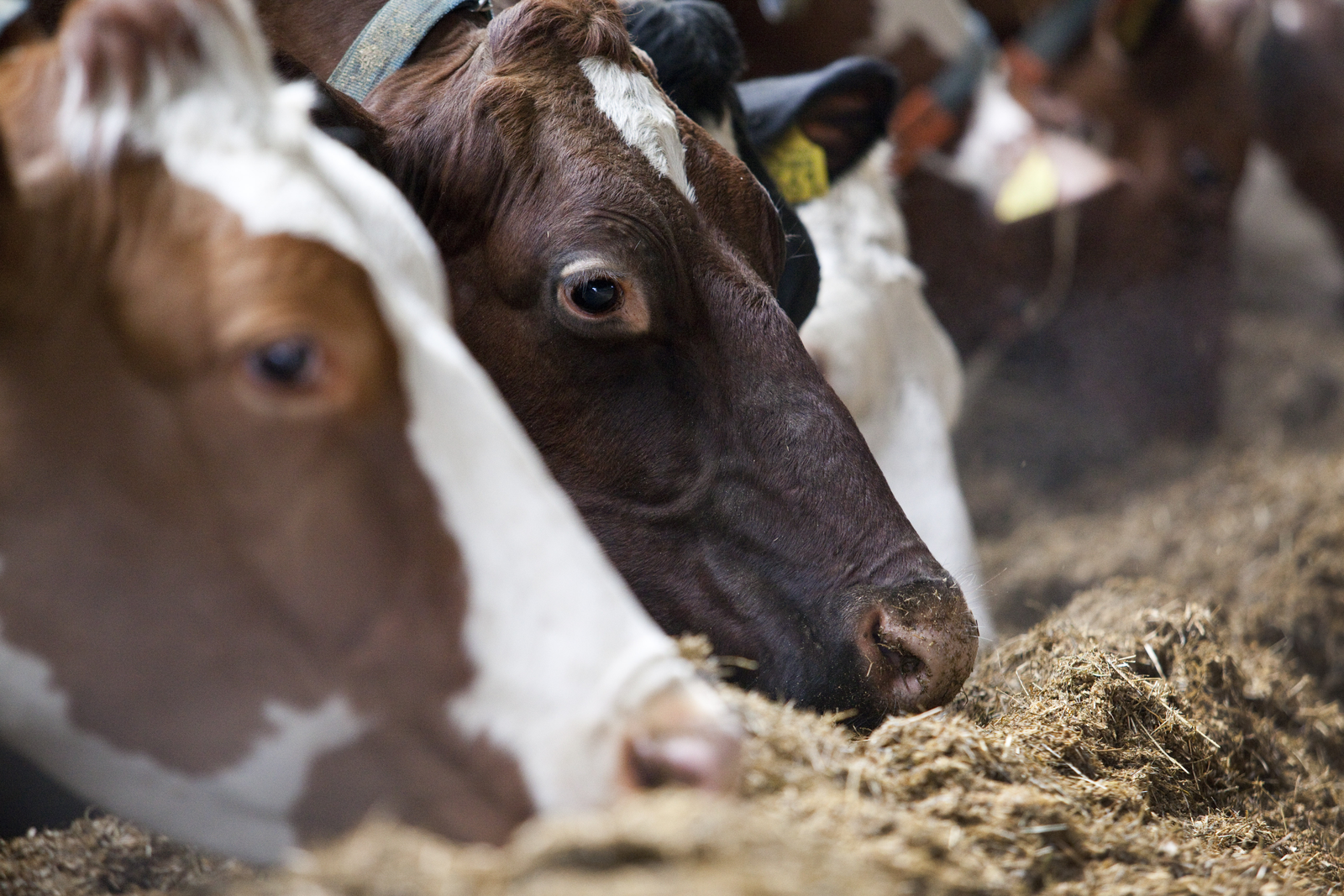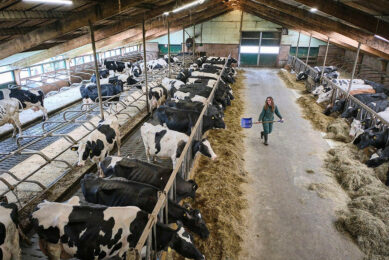Maize cobs meal suitable as livestock feed

The Punjab Livestock and Dairy Development Board have developed a new, low-cost cattle feeding material, Wanda, made from maize cobs. They will also offer training to any farmer who would be interested in producing it.
The maize cobs meal, PLDDB officials claim, is suitable for all kinds of domestic animals and is far cheaper than other meals currently in use. Wanda carries all required nutritional values including protein and one kg of it can give animals 4,000 calories. Trial production cost of maize cobs meal came to just Rs7 (US$ 0.11) per kg against an average of Rs30 (US$0.48) per kg for other mixed meals for animals. Even if farmers produce Wanda at a little higher cost at their own places, even then the average cost should not exceed Rs10 (US$ 0.16) per kg, officials say.
Availability of maize cobs to produce the meal
Enough availability of maize cobs, by an official estimate 6m tonnes, offers huge potential for production of maize cobs meal. Initially, only Punjab-based farmers will be encouraged to feed their animals on this meal but, later on, it could be made available across the country.
Maize cobs, some varieties of corn and dry and green stalks of maize are used as animal feeding materials along with wheat straw, wheat and rice bran, oilseed cakes, alfalfa, forages and grasses, hay of food crops, shrubs, tree leaves, molasses and the pulp of fruits and vegetables etc.
Sometimes each item is used alone and sometimes a combination of two or more items are made to produce animals’ feeding materials. In addition, animal grazing in rangelands of Balochistan, hilly forests of KP and open grazing fields of Sindh and Punjab are quite common. However, quite often a part of the total requirement of animals’ nourishment is not met, affecting health of livestock specially owned by small farmers.
Cereals hold promise for the animal feed industry
Officials, however, say that a gradual increase in the production of cereals (wheat, rice, maize, jowar, bajra and barley) in the last few years hold promise for animal feed industry. Hay of most of the cereal crops — their straw, bran and wastages — all are used as animal feed. But using them as ingredients of total ration meal and manufacturing of total mixed ration (TMR) in an organised manner requires government’s support as well as private sector investment.
Back in 2006, the government had invited the private sector to set up fodder production and trading companies and SMEDA had produced a detailed pre-feasibility study as well. But farmers say that the idea of involving companies in building an integrated fodder supply chain could not materialise adding that, by and large, animals feed manufacturing business remains centred in the informal sector. They say that during last few years, dozens of new animal feed trading companies have come up and some of them are doing good business both in Sindh and Punjab. But they don’t enter fodder production business which remains scattered in the hands of individual farmers.
Alfalfa for fodder
Some years ago, a UAE-based company had shown interest in growing Alfalfa for fodder and had also acquired more than 3,000 acres of land in Balochistan for this purpose. But the status of the project remains unclear. Farmers say instead of leasing land to foreigners for fodder cultivation, provincial authorities should arrange supply of certified seeds of high-yield fodder varieties to them. Low-yield varieties are of little monetary benefit and farmers who grew them are now switching over to other crops.
Source: Dawn, Economic & Business











